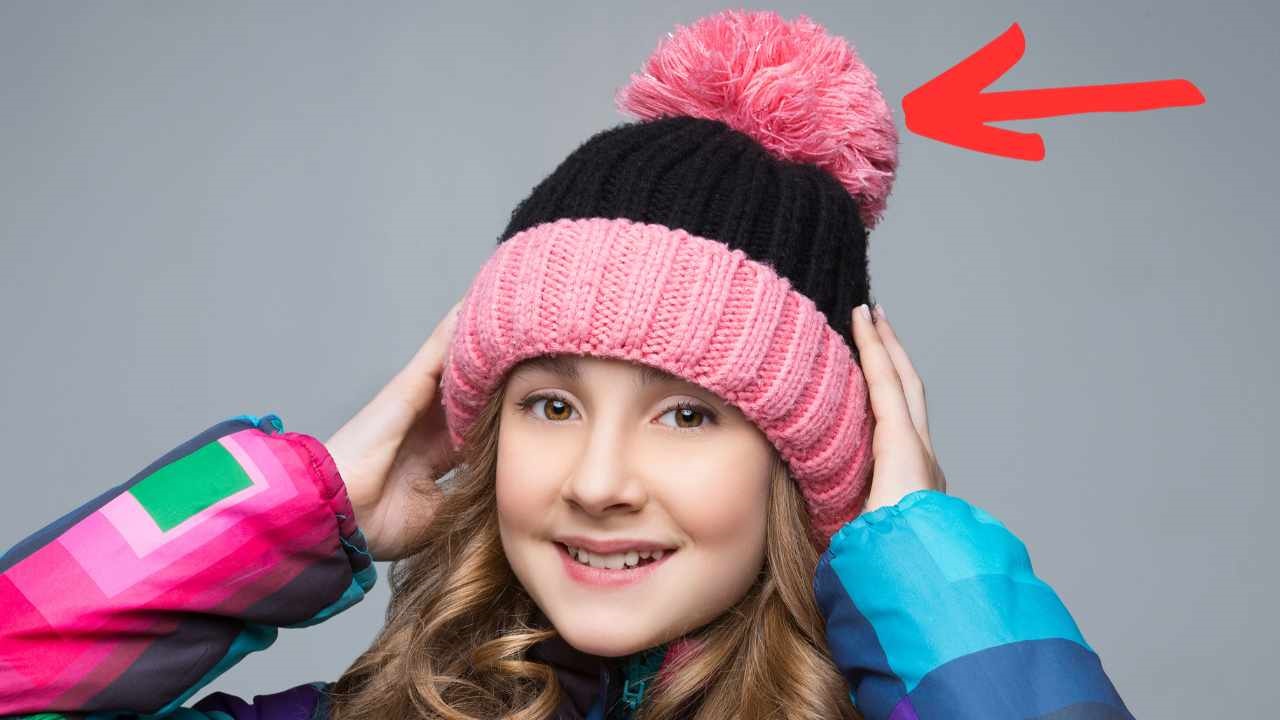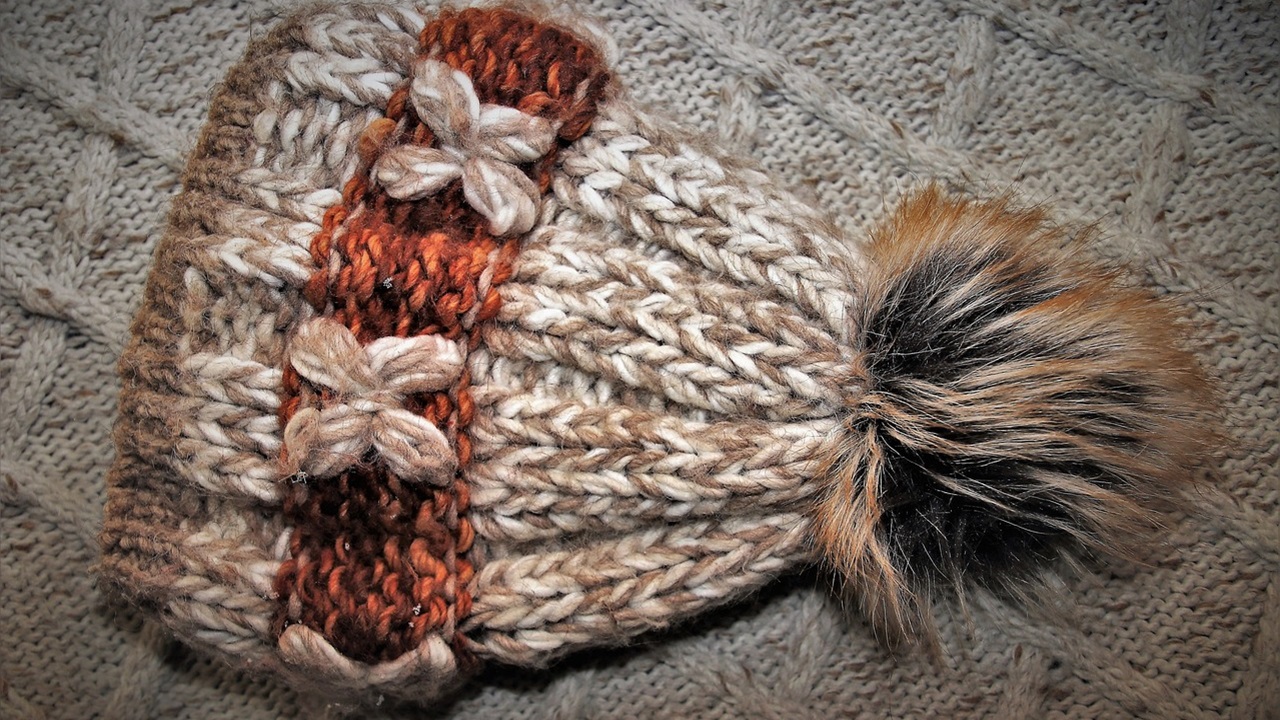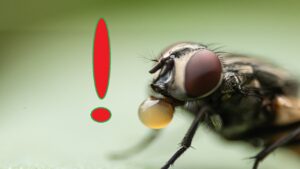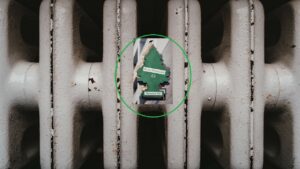Did You Know That Pompoms on Beanies are Not Just an Aesthetic Detail? Nobody Knows What They are Really for
When and if winter finally arrives, we can joyfully wear our cherished wool beanies once more. Many of these beanies come with pompoms, which, honestly, I’ve always considered purely decorative. Surprise – they serve a particular function beyond their ornamental charm.
What are the pompoms on beanies for?

Whether you call them pompons or pompoms, we’re referring to those round tufts of wool, sometimes quite voluminous, gracing the tops of wool beanies. They’re not limited to hats; you might spot them enhancing shirts, or you find them dangling from strings attached to various hats.
But we’re talking about the pompoms on top of the beaniess; they serve as decorative elements today. Yet, according to Marco Critelli on Instagram, an initial theory suggests that sailors in the French Navy introduced them to prevent hitting their heads on the low ceilings of ship holds.
This is true: the necessity arose from the constant risk of head trauma faced by French sailors in cramped ship environments with low ceilings, fully loaded holds, and tight sleeping spaces. The introduction of pompoms on top of beanies served to reduce the impact of potential collisions.

But it doesn’t end there, as there is a second theory which claims that Napoleon Bonaparte’s army introduced pompoms, using them to distinguish various military ranks based on color. This allowed for quick visual identification of different army ranks, adding functionality and style to the soldiers’ uniforms.
However, the pompom on top of the beanies fulfills a purely aesthetic function. It is also practical, to be honest: it’s handy for catching children and grandchildren when they’re about to run away. Or to dust the computer screen; the choice is yours.





